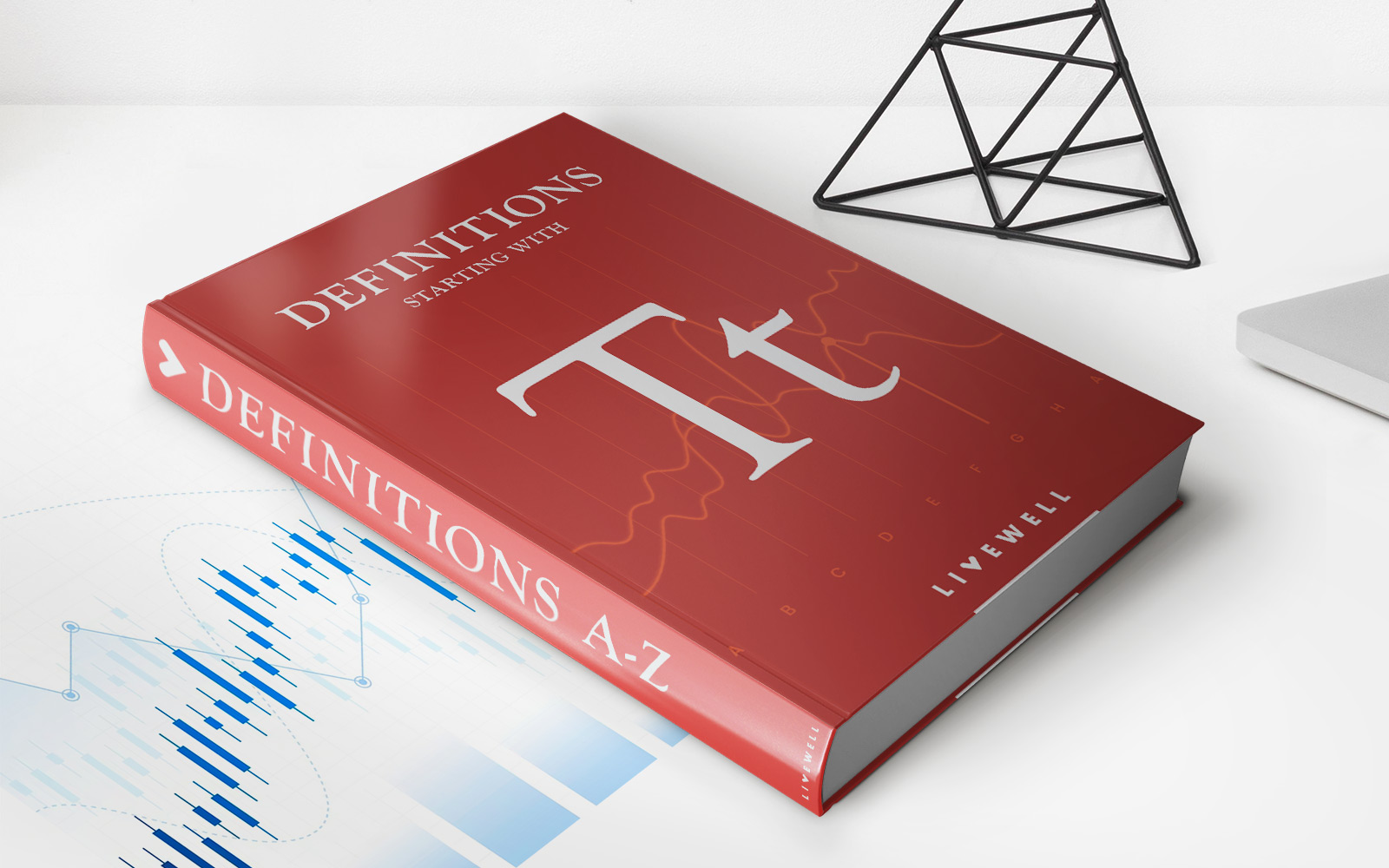Home>Finance>What Are Holding Costs? Definition, How They Work, And Example


Finance
What Are Holding Costs? Definition, How They Work, And Example
Published: December 5, 2023
Learn the definition of holding costs in finance, how they work, and see an example. Understand how these costs can impact your financial situation.
(Many of the links in this article redirect to a specific reviewed product. Your purchase of these products through affiliate links helps to generate commission for LiveWell, at no extra cost. Learn more)
Understanding Holding Costs: A Comprehensive Guide
Welcome to the world of finance, where understanding key concepts and terms is vital for making informed decisions. In this article, we will delve into the realm of holding costs – what they are, how they work, and provide you with a real-life example. So, whether you are a seasoned investor or just starting your financial journey, read on to gain insights into this crucial aspect of finance.
Key Takeaways:
- Holding costs refer to the expenses incurred during the time a property or an asset is held but not generating income.
- They can include mortgage payments, property taxes, insurance, maintenance costs, and more.
Now, let’s dig deeper into the concept of holding costs. Simply put, holding costs are the expenses associated with owning and maintaining an asset or property while it is not actively generating income. These costs can significantly impact an investor’s profitability and should be carefully considered when evaluating an investment opportunity.
There are various types of holding costs, and they can vary depending on the nature of the investment. Some common examples include:
- Mortgage Payments: If you have financed the purchase of a property, you will have to make regular mortgage payments, including both interest and principal, until the loan is fully paid off.
- Property Taxes: Property owners are responsible for paying annual property taxes, which can vary based on the location and value of the property.
- Insurance: Insurance premiums are a necessary expense to protect the property or asset against potential risks such as fire, theft, or natural disasters.
- Maintenance and Repairs: Regular maintenance and occasional repairs are essential for preserving the value and functionality of the asset.
- Utilities: Utility bills, such as electricity, water, and gas, are ongoing expenses that need to be accounted for during the holding period.
- Property Management Fees: If you are outsourcing the management of your asset, you might incur fees that cover services such as tenant screening, rent collection, and property maintenance.
Now, let’s dive into a practical example to illustrate how holding costs can impact your financial situation:
Imagine you are a real estate investor who purchases a rental property for $250,000. You finance the purchase with a mortgage and have monthly payments of $1,500, including principal and interest. Additionally, you estimate the property taxes to be around $3,500 per year, insurance costs amounting to $1,200 annually, and an average of $2,000 per year for maintenance and repairs.
In this scenario, your annual holding costs would be calculated as follows:
- Mortgage Payments: $1,500 x 12 = $18,000
- Property Taxes: $3,500
- Insurance: $1,200
- Maintenance and Repairs: $2,000
Total Annual Holding Costs: $18,000 + $3,500 + $1,200 + $2,000 = $24,700
Understanding your holding costs is crucial to accurately assess the profitability of your investment. By factoring in these expenses, you can determine the net income generated by your asset and make better-informed decisions.
In conclusion, holding costs are the expenses associated with owning and maintaining an asset or property while it is not generating income. By accounting for these costs, investors can assess the profitability of their investments more accurately. So, the next time you evaluate an investment opportunity, remember to consider the potential holding costs and factor them into your financial analysis.














